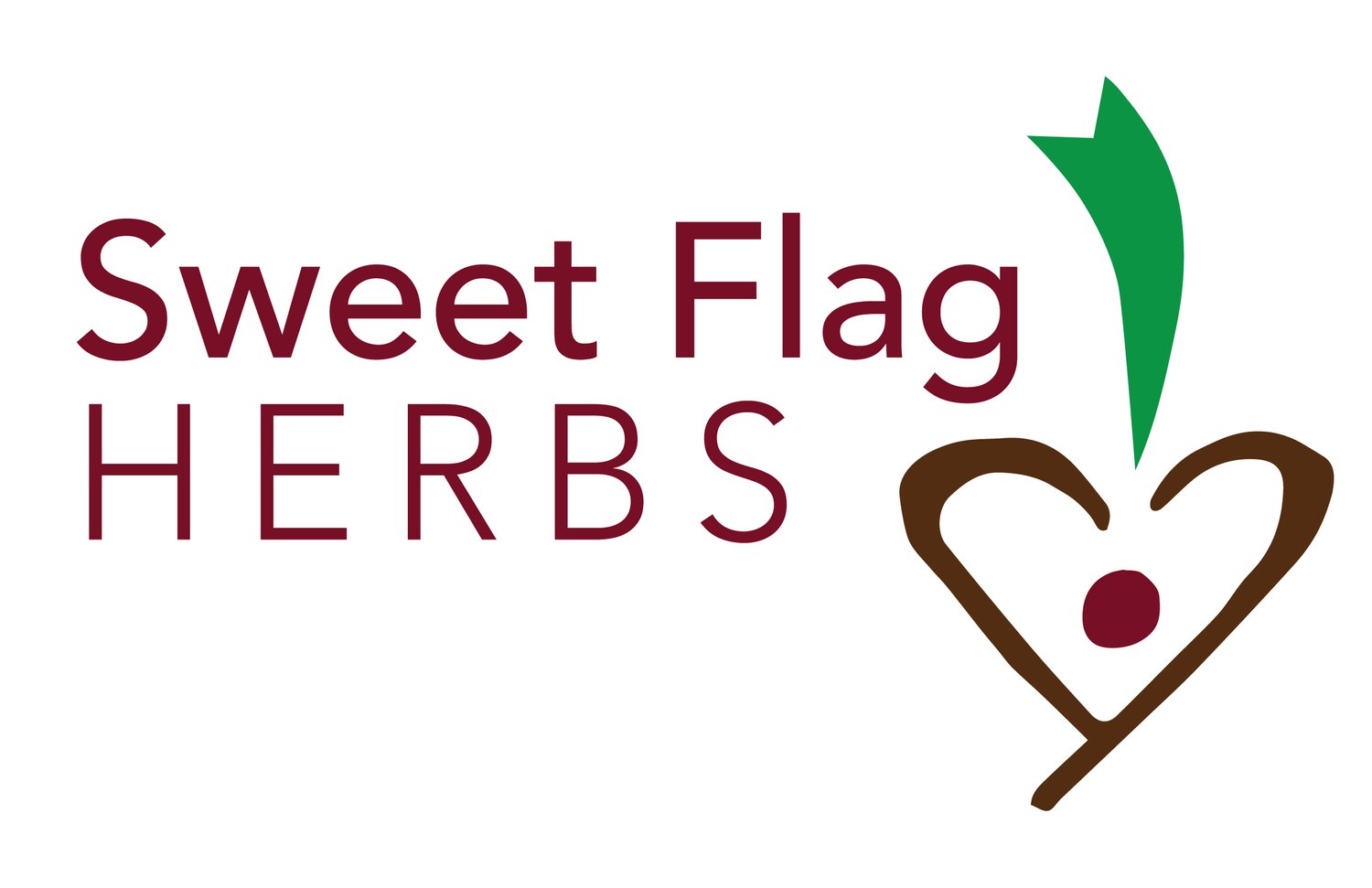Humble Native Pepperweed
Pepperweed blooming in my garden
Pepperweed (Lepidium virginicum) is the only plant in Native Culinary Herbs: Online Gardening Course whose looks gave me pause. Next to flashy rose mallow, sleek wintergreen, stately mountain mint, and cutesy wood sorrel (among other beauties), I wondered if students would raise an eyebrow at pepperweed’s humble appearance.
What I’ve found is that any plant looks weedy when randomly dispersed throughout the garden. Likewise, when given the dignity of a designated garden plot and some mulch, pepperweed shines.
Pepperweed’s delicate flowers are graceful, eye-catching, and unique. The seeds form in circle-shaped “husks” that look whimsical and artsy spiraling down the stem. I truly love pepperweed for its aesthetic value as much as its tastiness.
Speaking of humble, pepperweed is also known as poor man’s pepper. It’s a member of the brassica family along with arugula, mustard, broccoli, collard greens, and kale.
Pepperweed’s native range spans from Canada to Central America and the Caribbean (source).
A Culinary Delight
The peppery leaves and seeds/seed pods are my favorite parts to eat. Pepperweed is like arugula and peppercorn rolled into one. The tender flower stalks are edible as well.
The leaves are lush and delicious in springtime. As the plant produces blooms and goes to seed, the leaves disappear. Harvest early while you can!
I use fresh leaves in salads, and as a topper to balance rich foods (ex. pizza, Avocado Egg Salad - recipe in the course).
Though pepperweed’s prolific seed production earned it a “weedy” reputation, this is fantastic news for those collecting seeds to use as an herb. Seed capsules can be used while they’re still green. Or, wait til the stems and “husks” turn brown and harvest the dried seeds (photos below). I’ve enjoyed using the seeds at both stages.
Seeds can be ground or used whole in cooking. Apparently, Lepidium seeds also work well for microgreens or sprouts. I hope to try this soon!
I’m grateful that pepperweed self-sows; it saves me the trouble of planting each spring. If you’d like to avoid self-seeding, simply remove flower/seed stems before the seeds mature.
Above: Pepperweed in springtime. Below: Green, unripe pepperweed seeds (left) and ripe, dried seeds still on the plant (right).
Virtues in the Garden
Pepperweed’s abundant seeds are edible for birds. If you raise chickens, you might be interested in research on the benefits of feeding Lepidium to chickens.
Pepperweed has been dubbed a “super host” for native butterflies. The larvae of cabbage white butterfly (Pieris rapae), great southern white butterfly (Ascia monuste), falcate orange tip butterfly (Anthocharis midea), and checkered white butterfly (Pontia protodice) depend on peppergrass for food as a host plant, among others (source). In 2014, the New York State Department of Environmental Conservation determined that checkered white butterfly is “critically imperiled” in NY State, “possibly imperiled” in Connecticut, and “imperiled” in New Jersey, Michigan, and North Carolina (source).
If you grow brassicas in your vegetable garden and have experienced notable insect damage, pepperweed may ease this pressure. Diamondback moths (aka cabbage moths) are an invasive species in North America, and they cause significant damage to cabbage crops and other brassicas (source). In one study, diamondback moths—whose larvae feed on brassicas—preferred laying their eggs on pepperweed over cultivated cabbage (source).
For the record, I haven’t experienced pest damage on my pepperweed plants, which grow on the other side of our house from the veggie garden. This season, I’ll plant some near cabbage and brussels sprouts and see how things fare.
Pepperweed seed harvest





